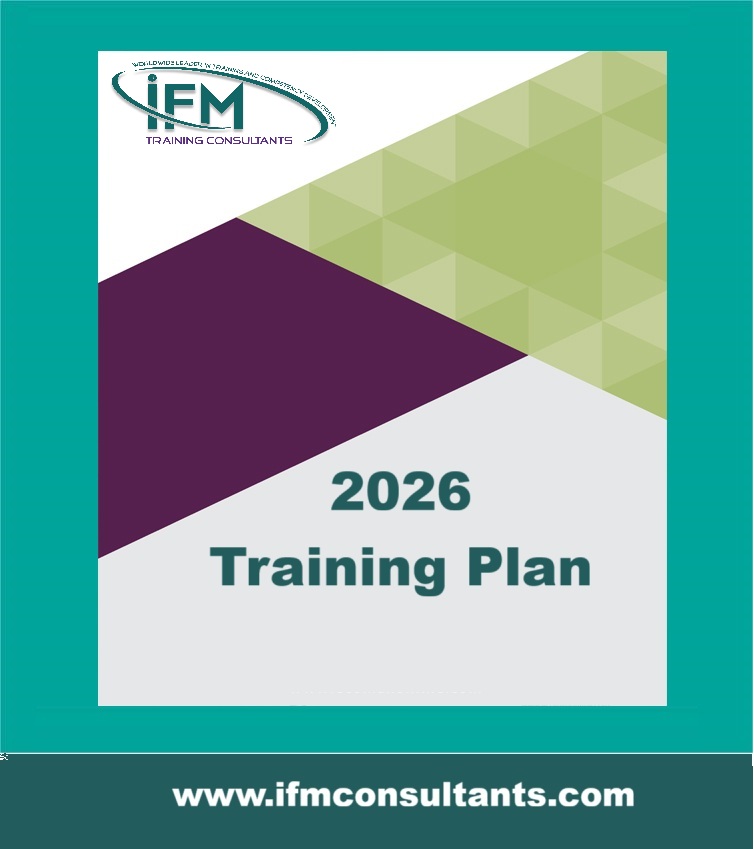Crude Oil Distillation Troubleshooting and Operation
| Start Date | End Date | Venue | Fees (US $) | ||
|---|---|---|---|---|---|
| Crude Oil Distillation Troubleshooting and Operation | 09 Nov 2025 | 13 Nov 2025 | Riyadh, KSA | $ 3,900 | Register |

Crude Oil Distillation Troubleshooting and Operation
| Start Date | End Date | Venue | Fees (US $) | |
|---|---|---|---|---|
| Crude Oil Distillation Troubleshooting and Operation | 09 Nov 2025 | 13 Nov 2025 | Riyadh, KSA | $ 3,900 |
Introduction
The atmospheric and vacuum pipe stills are used to separate crude oil into fractions according to True Boiling Point ranges so that feed stocks will be available to meet the required specifications for downstream units. Crude oil fractionation is accomplished in two and up to four distillation steps. Typically, crude oil is fractionated by atmospheric distillation with the long residue being fed to the vacuum distillation portion of the unit. In initial design or revamps, it may be necessary to install a pre-flash column to reduce the load on the atmospheric column or furnace. Additionally, it may be economic to install a pre-flash vacuum column to unload the vacuum unit.
Objectives
The program will begin with a discussion of crude oil properties and their impact on the operation of the distillation unit. The speaker will then discuss the various elements of the process flow scheme and describe the major process equipment. The program will also cover various topics related to the operation and troubleshooting of modern crude distillation units. In addition, the information will be provided regarding the basic process control and opportunities for revamping.
Training Methodology
This is an interactive course. There will be open question and answer sessions, regular group exercises and activities, videos, case studies, and presentations on best practice. Participants will have the opportunity to share with the facilitator and other participants on what works well and not so well for them, as well as work on issues from their own organizations.
Who Should Attend?
This program is designed for technical personnel who want to obtain information on and methods employed for the separation of crude oils via analysis and distillation. The program is also recommended for technical chemists and all support engineers from industry supplier companies.
Course Outline
MODULE 1: Overview of Crude Unit Design
• Process Flow Scheme
• Crude Oil Properties
2. Methods for Crude Oil Characterization
• TBP Distillation / Crude Assays
• Product Properties
• Impact of Crude Oil Contaminants
• Carbon and Metals Distribution
3. Crude Unit Process Flow Scheme
• Distillation: Atmospheric and Vacuum
• Pre-flash / Heat Exchanger Networks
MODULE 2: Impact of Crude Oil Types
- Light, Medium, and Heavy Crude Oils
- Product Yields and Heat Integration
- Vacuum Gas Oil Carbon and Metals
- Contaminants-Unit Metallurgy Requirements
5. Major Equipment Design
- Desalter
- Pre-flash Column
- Impact on Atmospheric Feed Composition
- Atmospheric Column
- Overhead and Pump around Systems
- Fractionation - Product Stripping
- Vacuum Column
- LVGO / HVGO Fractionation
- Wash Zone and Residue Stripping
- Vacuum Ejector System
- Fired Heaters
- Pre-flash Vacuum Column
6. Process Control
• Process Design Impact on Process Control
MODULE 3: Operation, Monitoring, and Troubleshooting
Refinery Crude Units
- Desalter Impact on Distillation Efficiency
- Overhead System Wash & Corrosion Control
- Pre-flash Column
- Foaming-Black Distillate
- Heat Exchanger Network
- Atmospheric and Vacuum Columns
- Atmospheric Column Wash Zone
- Atmospheric Residue Stripping
- Vacuum Column Wash Zone Coking
- Vacuum Column Stripping
8. Opportunities for Revamp / Debottlenecking
- Atmospheric Column
- AGO Quality - Direct Control of Over-flash
- Minimum Over-flash
- Maximum Residue Stripping Efficiency
- Vacuum Column
- Increasing HVGO Cutpoint
- Additional Pumparound
- LVGO / HVGO Fractionation
- Balancing Atm. / Vac. Column Cutpoint
Operating parameters of a distillation column:
Definition and signification
- The relation between the different parameters involved in liquid-vapor equilibria: temperature,
- Pressure, composition, distribution coefficients and relative volatility.
- Material balance of the column: cut point, separation quality.
- Setting column pressure and pressure profile along the column.
- Heat balance - Reflux and reboiling ratio.
- Flow rates, concentration, and temperature profiles
Module 4: Separating power of an industrial distillation Column
- Parameters related to the separating power:
- Liquid-vapor flow rates, reflux and reboiling ratio
- Number of theoretical stages
- Position of feedstock inlet.
- Separating power and energy consumption.
Note: Each item is illustrated by means of handlings performed by the trainees on the simulator
Module 5: Process Control Parameters
Note: The simulator scenario covers the different aspects of operation and control of columns. It starts with a simple control system and successively brings into play more and more sophisticated control systems on increasingly complex columns such as a depropanizer, a debutanizer, and a multiple draw-off column (crude oil distillation).
- Survey of operating disturbances; origins and causes.
- Process control strategy and optimization targets.
Module 6 (Process Control Parameters continued...)
- External or internal reflux control, reboiling control by means of flow rates or duty.
- Material balance controls sensitive tray, temperature control systems.
- Optimization of the heat balance: additional energy through the feed or the reboiler, low-pressure operation.
Module 7 (Process Control Parameters continued...)
- Implementation of control systems based on quality measurement.
- Analysis of disturbances caused by the feed and systems for feedforward control.
- Control of the multiple draw-off columns: quality tuning through material balance (temperature flow rate or level control).
- Heat balance and optimization of pump rounds and vaporizing refluxes.

















